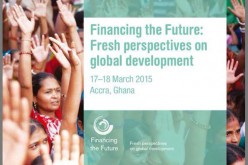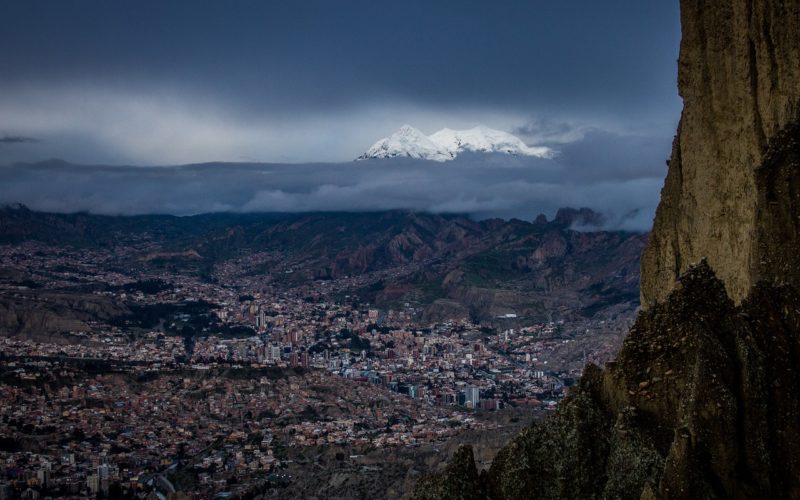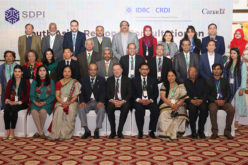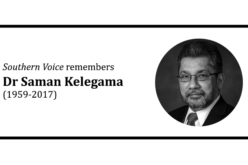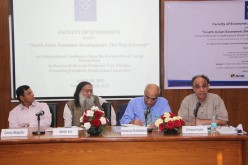Southern Voice’s Rethinking Development Effectiveness project aims to understand how new actors and dynamics are shaping the global development cooperation arena today. For this, Bolivia was selected as a case study. The project wants to understand how Bolivia achieved the advances that made it notorious on a global scale.
Indeed, Bolivia represents one of the most surprising cases. It emerged from a fragile state situation, due to a heavy debt crisis by the beginning of the 21st century, and became the fastest growing economy in the region (in 2009, 2014, 2015, 2016 and 2017). The success is generally attributed to one of the first indigenous presidents in the world, Evo Morales Ayma.
The economy was marked by a shift from a Washington Consensus oriented structural reform country, to a revisionist socialist and self-proclaimed anti-imperialist oriented government. It meant a before and after in policy-making in Bolivia. But also the development approach changed since Morales’ election in 2006.
From external dependency to self-determination
The Morales administration practices what is outlined as ownership of development in the Paris Declaration of 2005. Alignment to the new development strategy by international cooperation agencies was forcibly demanded by the government. This led to the Development Assistance Committee (DAC) or traditional donors, and international Civil Society Organisations (CSOs), to organise themselves. They created the Group of Associates for the Development of Bolivia (GruS) and the International NGO Coordinator (CONGI), respectively. But not only internal factors are heavily influencing the shift of donor-government relations. Also external ones, like the Paris Declaration (2005), the 2007-2008 financial crisis and intense migration from the MENA region to Europe, affected this relationship.
The government party, the Movement Towards Socialism (MAS), adopted a stark ideologically led socialist political discourse starting in 2006. Since then, any trace of neoliberal endeavours of prior governments are not only unwanted but also publicly condemned. This meant a shift for donors, as it is known for having had close relations with so-called neoliberal governments that promoted structural reforms and privatisation.
To get first-hand information on how donors adapted to the shift, I interviewed officials in the development cooperation sphere in Bolivia. But getting responses proved difficult. Bilateral and multilateral agencies handle the government with gloves. Many interview partners either asked for anonymity or even avoided being interviewed altogether. Few agreed to go on the record.
Nicolaus Hansmann, a senior European Union (EU) official, who was posted in Bolivia during the early years of the MAS government said: “Most traditional donors preferred to stay neutral towards the drastic change in government policies. Taking sides would have had considerable political costs”. This was indeed the case with the United States Agency for International Development (USAID) and IBIS (a Danish NGO). Both agencies were expelled by the MAS government in 2013.
Mr Hansmann further stated: “It is also a fact that development cooperation is only feasible and successful when cooperation programmes are aligned with the national sector policies of recipient countries and count on the political will of their authorities.”
By 2017, the Official Development Assistance (ODA) in Bolivia lost importance in terms of percentage of public investment. It fell from 66.4% in 2004 to 20.1%, of which only 1.45% were donations. Market rate credits have become the main source of external financial support for the country in the past decade.
Development Financial Institutions (DFIs) like the Inter-American Development Bank (IDB) and the Corporación Andina de Fomento (CAF), have become Bolivia’s biggest creditors at market rate, since the country’s graduation as a middle-income country in 2010.
External debt is the highest it has been in the country’s history. It is at almost US$ 10.000 Million even though high commodity revenues have been the engines of growth since 2005. The nationalisation of key natural gas producing companies and the new direct tax on hydrocarbons meant greater national income. Combined with an increase in the oil price on the world market between 2005 and 2014, Bolivia’s economy grew up to 6.8% in 2013, falling to 4.2% in 2017. It is expected to fall to 3.6% in the coming years.
Poverty and inequality were reduced swiftly with a redistribution of wealth through simply designed universal benefits paid in cash. But a sustainable macro development strategy was not really applied. A serious design of a development strategy began only in 2016. This was not because a new development plan and strategy had been outlined, but because efforts to improve data collection, analysis and the development of indicators had slowly become a priority. Nevertheless, there is still much to do in this regard.
More in-depth studies still needed
New financial sources have clearly changed the development landscape in Bolivia. Still, there are discrepancies about whether real changes have happened in the country’s management.
Southern Voice’s study is a good first step in terms of analysing development effectiveness in Bolivia. But further studies regarding the relationship between DFIs and the government are needed. Especially because there has been a constant direct link between high indebtedness and DFIs since the 1970s. That remains unchanged even today.
More efforts should focus on the study and design of assessment methods, indicator production and learning processes. This is particularly true in the public sphere, where management of projects and implementation of development policies are still a great weakness.
In the end, effective development cooperation is not the reason for Bolivia’s apparent success story. Instead, a prudent macroeconomic management during the first stage (since 2006) was key. Also distribution policies were carried out effectively. The main reason for Bolivia’s success, however, was a windfall profit on the economy. Sustainability remains now the most important question.
1,353 total views, 1 views today
Related Articles

Karin Fernando (CEPA – Sri Lanka) participates in the Second Asia Pacific Forum on Sustainable Development in Bangkok
